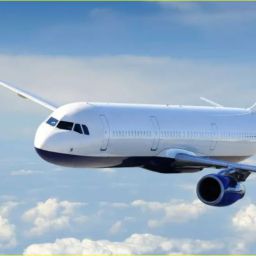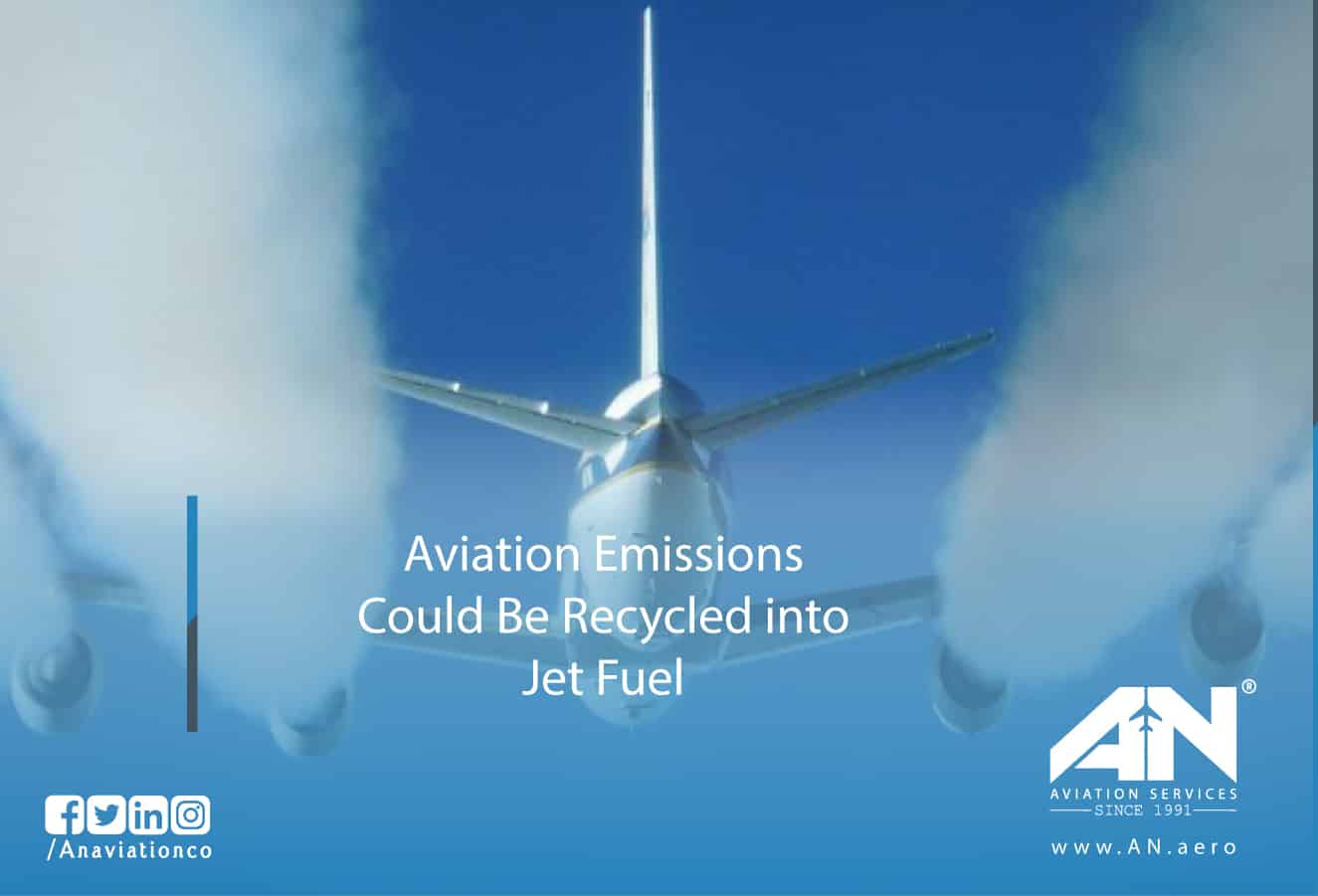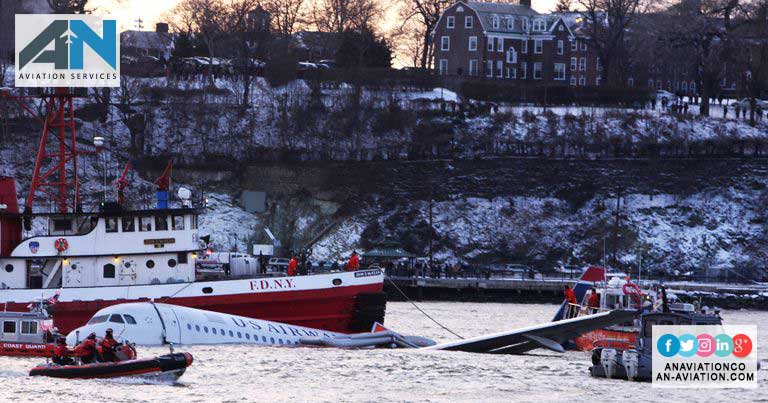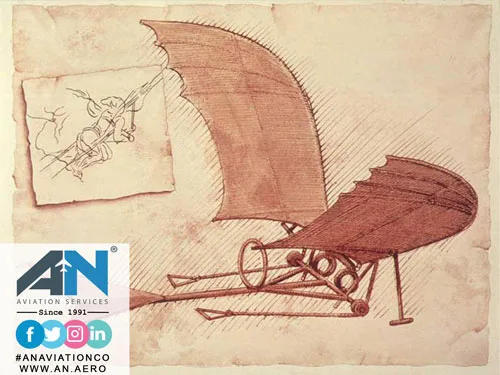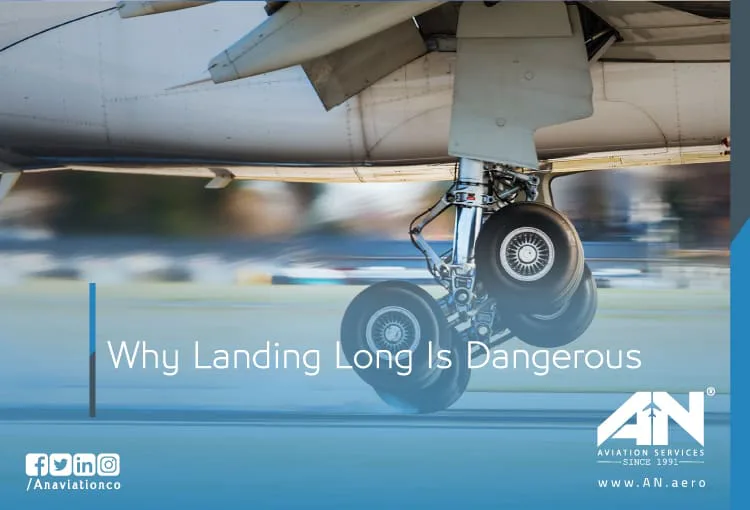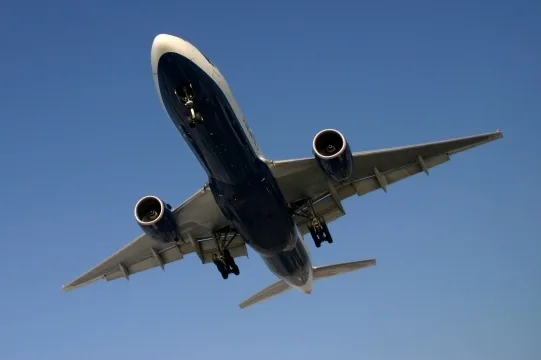
Behind every smooth aircraft operation on the ground lies the often-overlooked machinery that makes it possible: aircraft tugs. These powerful vehicles are responsible for towing aircraft around the airport, whether it’s guiding them from the hangar to the gate, positioning them for departure, or ensuring a smooth return to the parking area after landing.
Over the years, airport tugs have undergone significant evolution, adapting to the needs of modern aviation with improved designs, enhanced safety features, and superior traction capabilities. Whether you’re at a small regional airport or a sprawling international hub, you’ll find a range of tugs towing aircraft of all shapes and sizes.
This blog dives into the different types of aircraft tugs, their technological advancements, and how they’ve evolved to meet the ever-growing demands of the aviation industry.
What Are Aircraft Tugs?
Aircraft tugs are specialized ground vehicles designed to tow aircraft around the airport. Unlike traditional vehicles, they are engineered to handle the immense weight of airplanes while ensuring precision and safety.
From small piston-engine planes to massive commercial airliners, tugs are indispensable in airport operations. They help reduce the wear and tear on aircraft engines by towing planes to their desired locations, conserving fuel, and ensuring safer ground handling.
Their design varies widely, depending on the type of aircraft they tow, the terrain they operate on, and the specific tasks they perform.
Types of Aircraft Tugs
The evolution of aircraft tugs has led to the development of several types, each suited to different needs and operational requirements. Below, we explore the most common types and their unique features.
Conventional Tugs:
These are the traditional airport tugs equipped with a tow bar that connects the tug to the aircraft’s nose gear. Known for their simplicity and reliability, conventional tugs are widely used for both small and large aircraft.
- Strengths: Conventional tugs offer excellent maneuverability and are compatible with a wide range of aircraft.
- Limitations: The use of a tow bar can be time-consuming, and improper handling may lead to damage to the aircraft.
Towbarless Tugs:
As the name suggests, towbarless tugs eliminate the need for a tow bar. Instead, they use a clamping mechanism to lift the nose gear of the aircraft directly onto the tug.
- Advantages: These tugs reduce the risk of damage to the tow bar and aircraft while offering quicker and more efficient towing operations.
- Applications: Towbarless tugs are commonly used for larger aircraft at busy airports where efficiency is a priority.
Electric Tugs:
With the push for sustainability in the aviation industry, electric tugs have become increasingly popular. These tugs are powered by rechargeable batteries, offering an eco-friendly alternative to traditional diesel-powered vehicles.
- Benefits: Electric tugs reduce emissions, require less maintenance, and operate quietly, making them ideal for environmentally conscious airports.
- Challenges: Limited battery life and charging infrastructure can be a concern for larger airports with high towing demands.
Remote-Controlled Tugs:
In recent years, technology has paved the way for remote-controlled tugs, which allow operators to tow aircraft without physically being inside the tug.
- Innovation: These tugs leverage advanced controls and automation, ensuring precision while reducing the need for human intervention.
- Future Potential: Remote-controlled and even autonomous tugs represent the next frontier in aircraft tugs, promising greater efficiency and safety.
The Evolution of Aircraft Tugs
The history of aircraft tugs dates back to the early days of aviation when manual and rudimentary methods were used to tow planes. As aircraft grew in size and complexity, the need for specialized ground support equipment became evident.
Early Designs:
In the mid-20th century, the first purpose-built airport tugs were introduced. These early models relied on internal combustion engines and basic tow bars to move aircraft. While effective, they lacked the sophistication and adaptability of modern designs.
Technological Advancements:
Over time, advancements in engineering and materials led to the development of tugs with superior traction, improved safety features, and greater towing capacity. The introduction of towbarless technology in the 1980s marked a turning point, streamlining ground operations and reducing the risk of human error.
Sustainability and Automation:
Today, the focus is on sustainability and automation. Electric tugs are helping airports reduce their carbon footprint, while remote-controlled and autonomous models are pushing the boundaries of what’s possible in ground handling. The evolution of aircraft tugs reflects the broader trends in aviation, where efficiency, safety, and environmental responsibility are paramount.
How Aircraft Tugs Offer Superior Traction?
One of the defining features of modern aircraft tugs is their ability to provide superior traction, even when towing heavy aircraft on wet or uneven surfaces. This is achieved through a combination of advanced tire designs, weight distribution, and powerful drivetrains.
Tugs are designed to handle the immense weight of aircraft without compromising stability. Features like all-wheel drive and specialized tires ensure that they can operate effectively in challenging conditions, from icy runways to steep inclines.
The emphasis on traction not only improves towing performance but also enhances safety for both the aircraft and the ground crew.
The Importance of Aircraft Tugs in Airport Operations
Aircraft tugs are a vital part of airport operations, enabling the seamless movement of planes in a busy and complex environment. Without these vehicles, tasks like repositioning aircraft, parking, and gate management would become significantly more time-consuming and hazardous.
By reducing the need to taxi aircraft under their own power, tugs also help conserve fuel and minimize engine wear, contributing to more sustainable airport operations. Their ability to adapt to different aircraft sizes and configurations makes them an essential tool for airports of all scales.
Conclusion
From their humble beginnings to the cutting-edge models we see today, aircraft tugs have come a long way in supporting the aviation industry. Their evolution reflects the growing demands for efficiency, safety, and sustainability in airport operations.
Whether it’s a conventional tug, a towbarless model, or an eco-friendly electric tug, these vehicles are indispensable for managing the movement of aircraft on the ground. With advancements in automation and traction technology, the future of airport tugs looks promising, paving the way for even greater innovation in ground handling.
As aviation continues to evolve, the role of aircraft tug will remain critical, ensuring that every flight begins and ends with precision and safety.


